
Mastering API Integration: Unlock Career Opportunities with OpenAI and Third-Party Services
Imagine walking into a bank to deposit cash. You hand it over to the teller, get a slip, and walk out. No need to know where the money goes next. That’s APIs in a nutshell—they let you connect apps without diving into the messy details. In this guide, we’ll break down APIs step by step, show how to use OpenAI’s tools for real projects, and point out ways to turn this skill into cash. If you’re eyeing jobs or freelance gigs, API integration tops many lists right now.
Introduction: The Essential Role of APIs in Modern Development
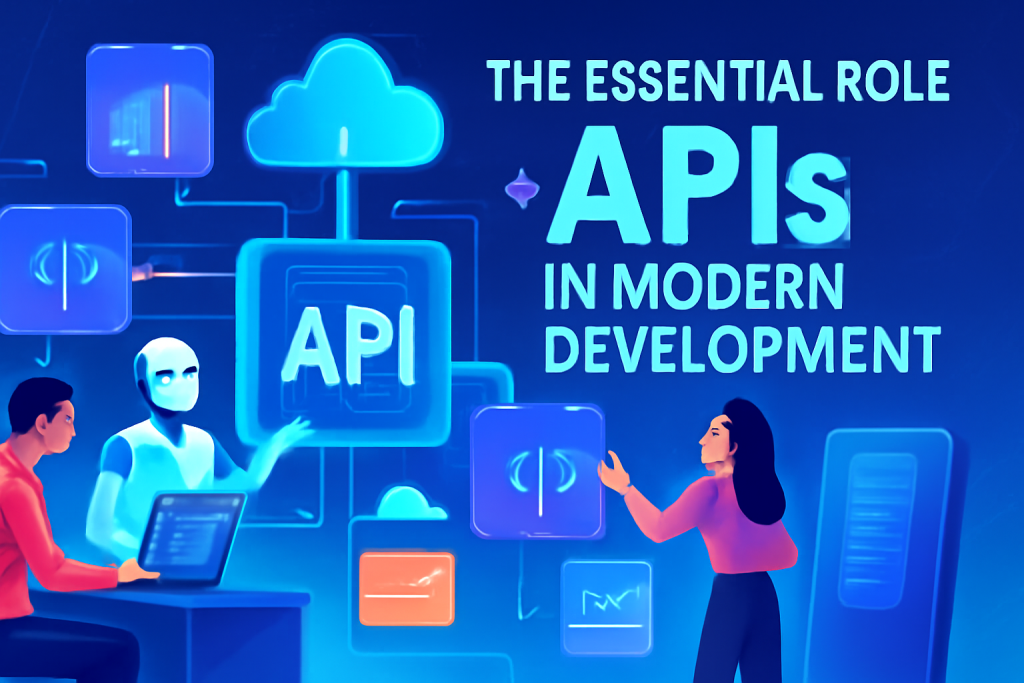
APIs power most apps you use daily. They let different software talk to each other smoothly. Think of your phone app pulling weather data from another service—that’s an API at work.
Why Learn APIs Now: Career Relevance and Market Demand
Jobs scream for API skills these days. Look at top listings on sites like LinkedIn—ChatGPT API integration shows up in the top 10 often. Third-party API work is a hot niche too. Companies want apps that link services without building everything from scratch. Freelancers grab gigs fixing these connections, earning quick bucks. Demand spiked with AI tools; now, everyone needs to plug in smart features.
API: Bridging the Gap Between Applications
APIs act as bridges between apps. Your app sends a request; the other app replies with data. No direct access to their code. This setup keeps things simple and safe. For example, a shopping app uses an API to check stock from a warehouse system. Collaboration happens without chaos.
Understanding the API Concept Through Real-World Analogy
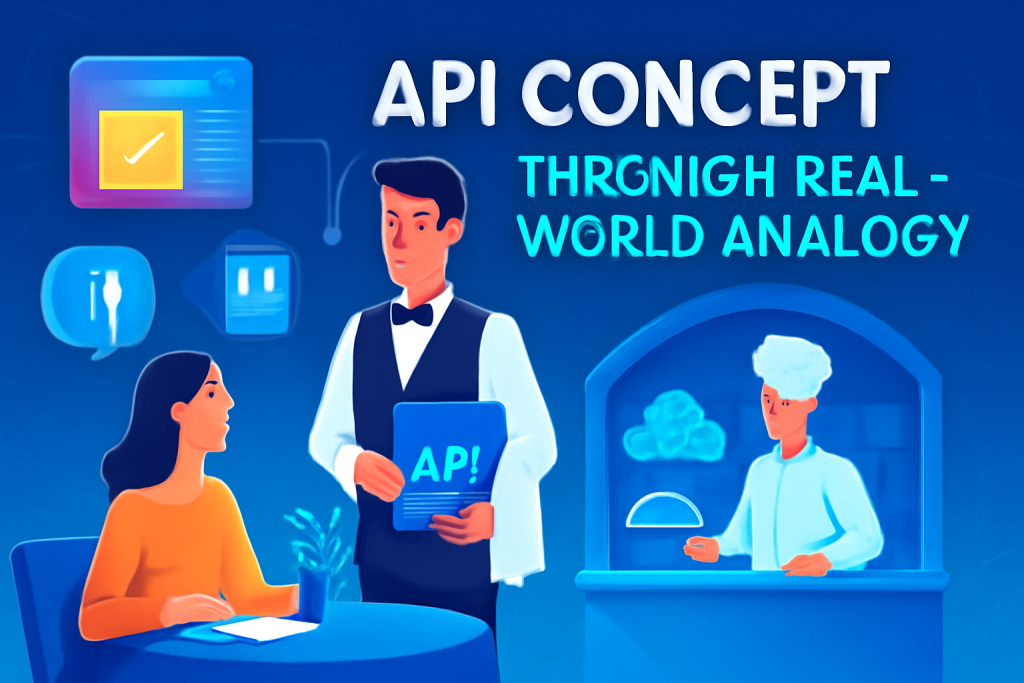
APIs hide the hard parts of software. They offer a clean way to get results. Let’s use a bank to see why this matters.
The Bank Teller: The Ultimate Interface
Picture a bank teller as your go-to person. You give them a check; they hand back cash. You don’t see the vaults or managers behind the scenes. The teller follows a set rulebook—say the right thing, get the right action. That’s an API: a front door to complex operations. If you asked the teller to fix your phone, they’d say no. Their job stays narrow, just like an API’s role.
Exposing the Backend: Security and Abstraction via APIs
What if the bank let you roam free? You’d pick locks and grab cash—total mess. Security would crumble. APIs block that by hiding the backend. They let you use the service without knowing internals. No need to rebuild common tools; just connect and go. This abstraction saves time and cuts risks.
Key Benefits: Collaboration and Independence from Backend Logic
APIs let providers tweak their systems quietly. The user side stays the same. Banks update vaults; you still deposit at the counter. OpenAI does this with models—knowledge grows, but your calls work unchanged. You gain stability. Plus, mix tech stacks easily; web apps link to mobile ones via APIs. No more isolated code.
Monetization and Practical Application of API Knowledge
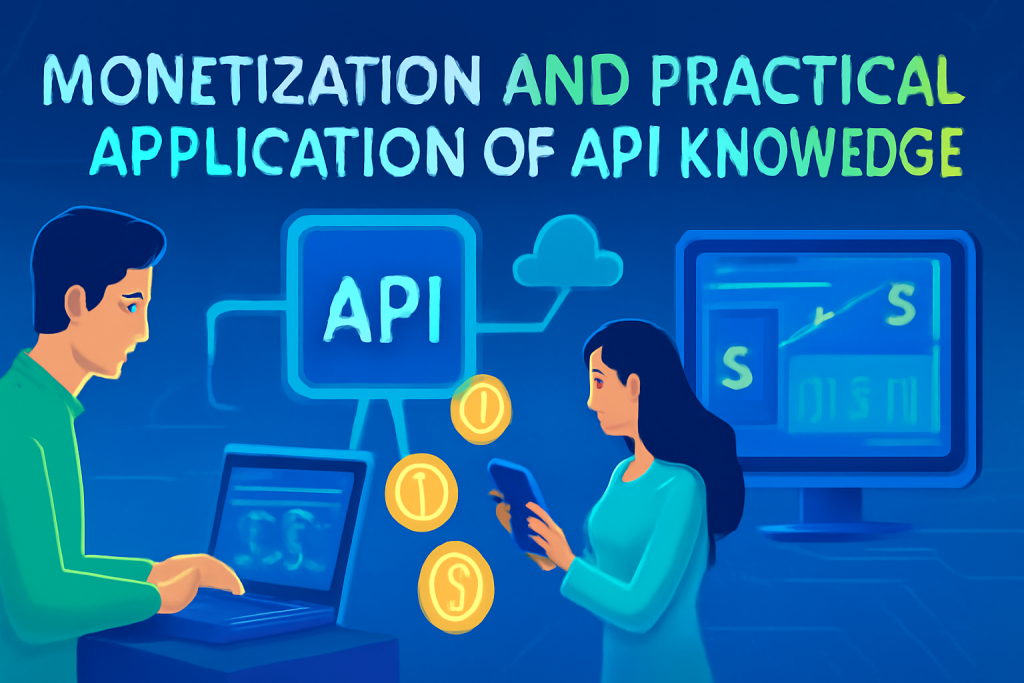
APIs open doors to paid work. Start small, build fast. Platforms like Upwork overflow with these tasks.
API Documentation: The Blueprint for Integration
Docs are your map. Without them, you’re lost in a crowd of counters at the bank. No one knows who handles what. APIs need clear guides: send these inputs, get that output. Always ask for docs first. They list parameters like function args. Change names if needed, but follow the flow. Your app shows the response; ignore the backend magic.
Real-World Earning Potential: Third-Party Integrations
Cash flows from linking services. Upwork gigs pay for ChatGPT or Facebook API setups. Clients want custom chatbots on their sites. No redirects—keep users in place. One task: integrate AI for social media comments. Analyze millions for positive vibes. Earn $50-200 per job easy. Niche grows; grab it now.
Essential Programming Nuance: Confined Knowledge for High Value
You don’t code everything. Use pre-made scripts mostly. Add if/else checks for inputs and outputs. That’s the core. No rocket science. For ChatGPT, send a prompt via API, get tailored replies. Customize with guardrails—hide messy parts from users. Build on basics; scale to apps.
Deep Dive: Integrating the OpenAI API for LLM Functionality
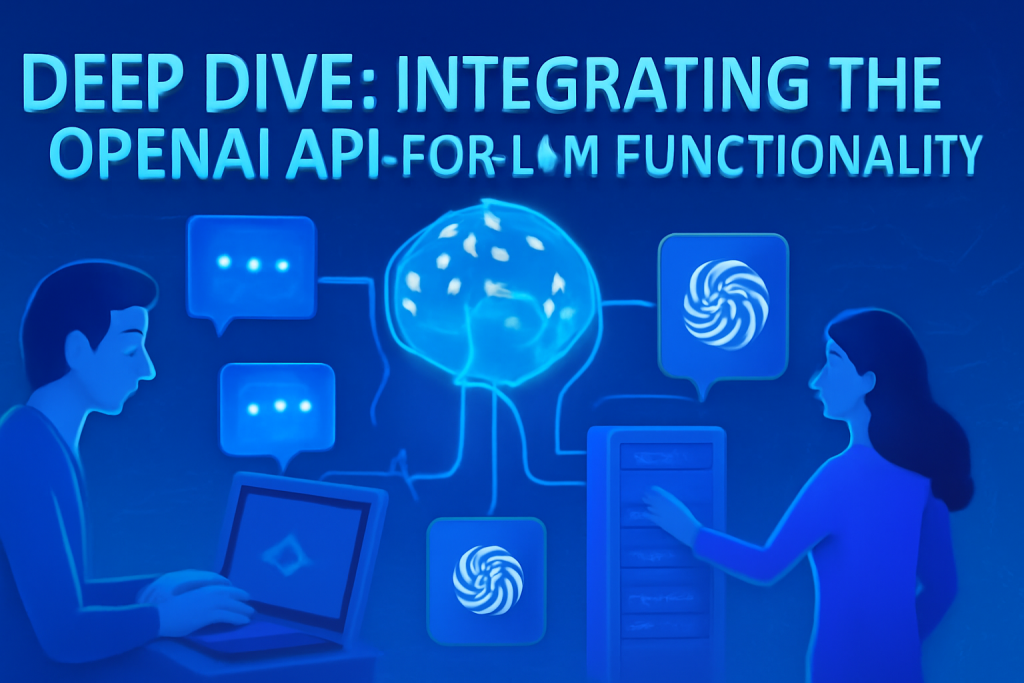
ChatGPT’s web version is fun, but APIs unlock real power. Embed AI in your code. Handle text or images your way.
Moving Beyond the Interface: Accessing LLM Power Programmatically
The web chat limits you to basics. APIs let you tweak for custom needs. Want sentiment checks on comments? Or image analysis? Use OpenAI’s models directly. LLMs like GPT-3.5 drive this. They’re the backbone for chatbots or tutors. Without APIs, you’re stuck with off-the-shelf tools.
Setup: Installation and Importing the Library
Fire up your terminal. Run pip install openai. This grabs the package for Python. Then, in code, add import openai. Now you access functions. Skip this import? Nothing works. It’s like loading a toolbox before building. Colab needs an exclamation mark: !pip install openai. Local setups don’t.
Security First: Managing and Protecting API Keys
Keys authenticate you. They’re unique IDs for billing. OpenAI charges per use—tokens add up. Free tiers exist, but buy credits for real work. Set it with openai.api_key = 'your-key-here'. Hide them! Never post on GitHub. If exposed, bills hit you. In teams, leaks mean you’re liable. Generate your own at OpenAI’s site after signup.
Implementing Sentiment Analysis and Content Generation with the OpenAI API

Build a function to check text moods. It’s a starter for social media tools.
Defining Instructions: System Roles vs. User Prompts
Use a messages list—dictionaries with roles. System role sets rules: “Analyze text for sentiment. If unsure, say ‘not sure’ and suggest manual review.” User role gives input: “Check this: [text]. Reply with ‘positive’ or ‘negative’ only.” System guides behavior. User shapes the output. Together, they hit the API.
Prompt Engineering for Precision: Setting Guardrails
Prompts control the LLM. Tell it exactly what to do. For single words, add “return answer in single word.” Back it with max_tokens=1. Double safety. If the model slips, tokens cap it. You get clean results. Test prompts; refine for accuracy. This engineering makes outputs reliable.
Customizing Model Behavior: Temperature and Model Selection
Temperature tweaks creativity. Set to 0 for straight facts—no flair. Bump to 1 for wild ideas. Start at 0.7 for balance. Models vary: GPT-3.5 Turbo is cheap and quick, 4K token window. GPT-4 handles more, up to 128K tokens, but costs more. Switch names in code: ‘gpt-3.5-turbo’ to ‘gpt-4’. Context window means longer chats. Pick based on needs—speed vs. smarts. Free keys limit to 3.5; paid unlocks others.
Actionable Example: Sentiment Analysis Execution Walkthrough
Define a function: def sentiment_analysis(text):. Build messages list. Call openai.ChatCompletion.create(model='gpt-3.5-turbo', messages=messages, max_tokens=1, temperature=0). Input: “I hate fast food.” Output: “negative”. Print it. Flow: text in, API processes, one word back. Scale to comment batches for clients.
Exploring Advanced Generation and Documentation Mastery
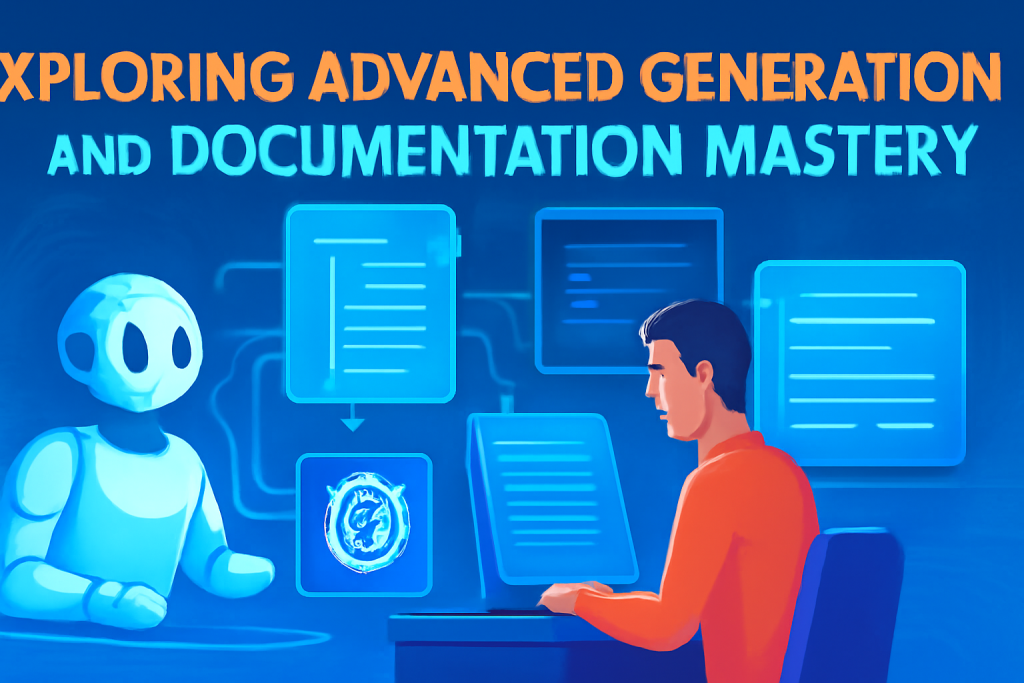
Next, generate full content. Like blog posts. Adjust params for length.
From Analysis to Creation: Blog Post Generation Example
Function: def generate_blog(topic):. System prompt: “Write engaging blogs.” User: “Topic: Machine Learning basics.” Set max_tokens=3000, temperature=0.5 for creativity. Hit create. Get a full draft. Use GPT-3.5 for tests; switch to 16K version for depth. Outputs vary—fresh words each time.
Future-Proofing Development: Keeping Libraries Updated
Old code breaks fast. OpenAI updates often—version 0.28? Dead now. Errors pile up. Run pip install --upgrade openai regularly. New functions appear; old ones vanish. Security improves too. Don’t stick to outdated setups. Adapt code; stay current. It prevents headaches.
Mastering the Official Source: Navigating OpenAI Documentation
Search “OpenAI” in your browser. Click the platform link. Scroll to “Docs.” Left panel: Get Started, Models, Tutorials. Dive into API Reference for code snippets. Python? Copy-paste ready. Node.js? Select that. Read capabilities: text gen, chat, JSON outputs. Forums for suggestions. It’s your bible.
Unlocking New Ideas: Capabilities Listed in Documentation
Docs spark projects. Draft docs with AI. Code generators from prompts. Quiz analyzers. Natural language for software—type commands, get actions. Build tutors for math or history. Translate languages spot-on. Simulate characters via prompts. Ideas everywhere: essay helpers for kids, math solvers from word problems. Start small; iterate.
Conclusion: Taking Action to Monetize API Skills
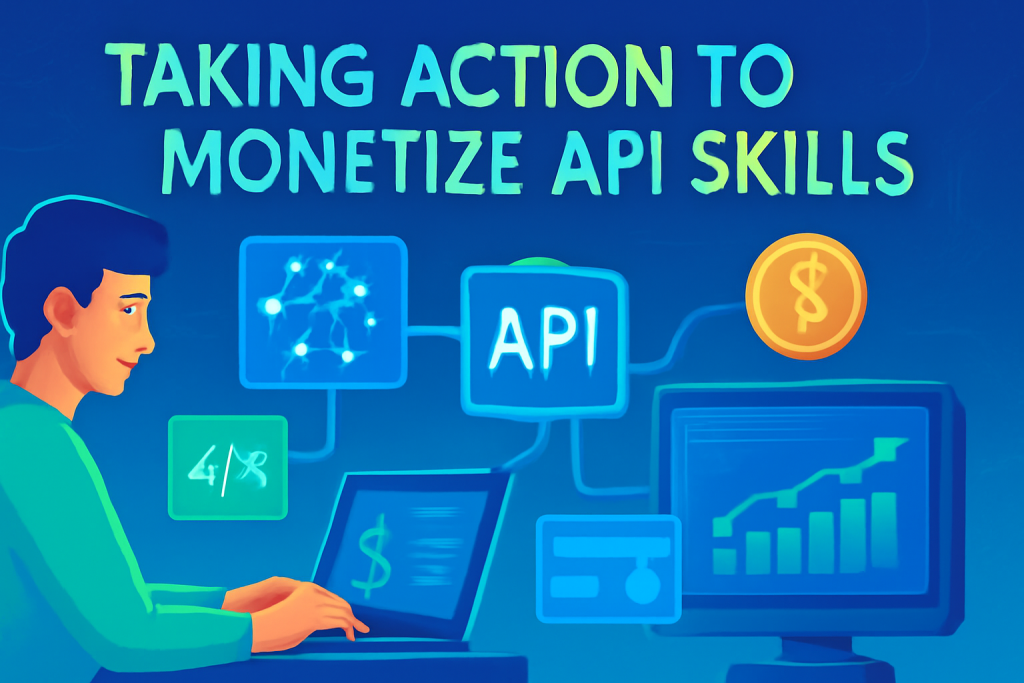
APIs cut reinventing wheels. They give building blocks for quick wins. You connect services, update backends freely, and keep users happy.
Proactivity pays off. Don’t wait for big projects. Tinker now—build a simple app, test on friends. Check Upwork for demands: API fixes, AI chats. Feedback refines your work.
Grab your key, read docs, code a prototype. Post gigs offering integrations. Money follows action. Start today; watch opportunities roll in.



